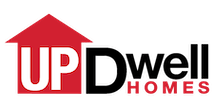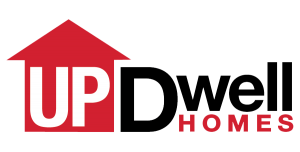Over the last couple decades, there has been a significant increase in the focus on sustainability in construction, both in the designs of projects and in the actual building processes used.
But what exactly is meant by “sustainable design,” and what are the benefits it holds for owners and occupants? Here’s a quick overview of everything you should know about the sustainable home design process in Tooele City, UT.
The Basics
Sustainable design refers to design that cuts down on negative impacts to the environment or to the health of people who will be living in the building, while improving building performance. Through sustainable design, one can reduce the use of non-renewable resources and minimize waste while creating healthier environments.
Companies that perform sustainable design work focus on using “green” products for their building materials, attempt to use renewable energy sources as much as possible in the construction process, make it a priority to protect and conserve water, fine-tune their operational and maintenance practices for ideal optimization and enhance the quality of indoor environments whenever possible.
Building sustainability into a philosophy throughout the entire lifespan of a project encourages one to make decisions at every phase of the process that cut down on negative impacts to the environment and to the potential health of people occupying the building.
Federal Standards
There are certain standards of efficiency set in place by the federal government that serve as guidelines for companies looking to enhance their sustainability in their designs and construction work:
- The Energy Policy Act of 2005 added provisions that would require any newly built federal buildings to be at least 30 percent more efficient than standards set by ASHRAE 90.1.
- The Energy Independence and Security Act (EISA) of 2007 added further goals and standards for sustainability, in which new GSA buildings and major renovation work would be required to reduce fossil fuel energy consumption by 65 percent by 2015 and by 100 percent by 2030. It also set sustainable design principles for siting, design and construction, and included guidelines for better water management.
- The Leadership in Energy and Environmental Design (LEED) building standards are used by construction companies in both the public and private sectors. LEED standards feature a variety of prerequisites and credits that have specific requirements for projects for obtaining points that allow them to become LEED certified. Companies and homeowners that employ LEED design and features can be eligible for certain tax credits and deductions, which is a way of incentivizing sustainable design and construction.
The types of work being done in the world of sustainable design and construction are constantly changing and evolving, as are the standards for sustainability that construction companies wish to achieve. But over time, you can expect that the focus on a sustainable design-build approach will only continue to grow more prevalent, as companies are becoming increasingly environmentally conscious.
To learn more about sustainable design-build initiatives and our commitment to a sustainable home design process in Layton, UT, contact UpDwell Homes LLC with any questions.

